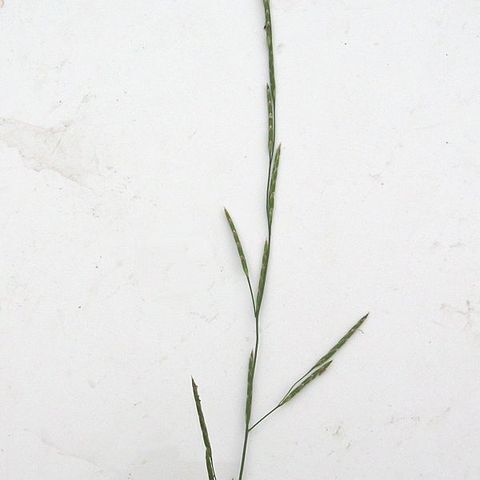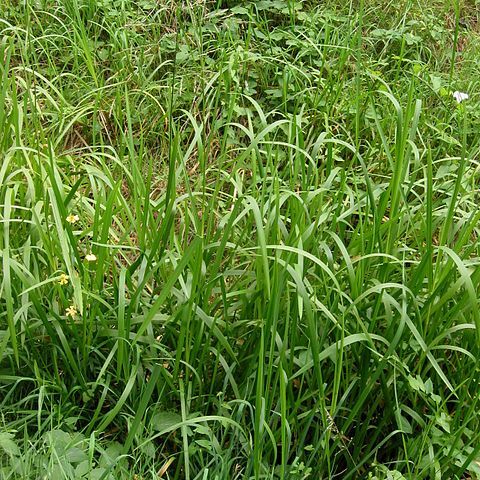Perennial, usually rhizomatous. Culms erect, ascending or prostrate. Leaf sheaths with margins completely or partially fused; leaf blades linear; ligule membranous. Panicle open or contracted, sometimes racemelike when spikelets few. Spikelets with several to many florets, laterally compressed or terete; rachilla smooth or scabrid, disarticulating below each floret; glumes small to almost as long as adjacent lemma, membranous, 1-veined, apex acute or obtuse; floret callus small, glabrous, obtuse; lemmas overlapping, ovate to lanceolate or oblong, thinly herbaceous or thinly leathery, back rounded, smooth, granular or scaberulous, 5–11-veined, veins conspicuous, parallel, apex usually membranous, acute to broadly obtuse or denticulate; palea as long as, longer, or slightly shorter than lemma, keels sometimes narrowly winged. Stamens 2 or 3. x = 10.
Spikelets 3-fld, ovate to oblong or cylindric, subterete or moderately flattened, disarticulating above the glumes and between the lemmas; glumes unequal, shorter than the lemmas, 1-veined, often scarious at the margins and tip; lemmas awnless, lance-ovate to elliptic or obovate, usually obtuse, rounded on the back, usually scarious at the tip, the (5)7(9) veins parallel, often raised; paleas elliptic to obovate, becoming indurate; stigmas elevated on naked slender styles; perennials of marshes, shallow water, or wet ground, erect or decumbent at base and often rooting from the lower nodes, with flat or folded blades, closed sheaths, and freely branched, often ample panicles; x=10. (Panicularia) 35, mainly N. Temp. For G. pallida, see Puccinellia pallida.


